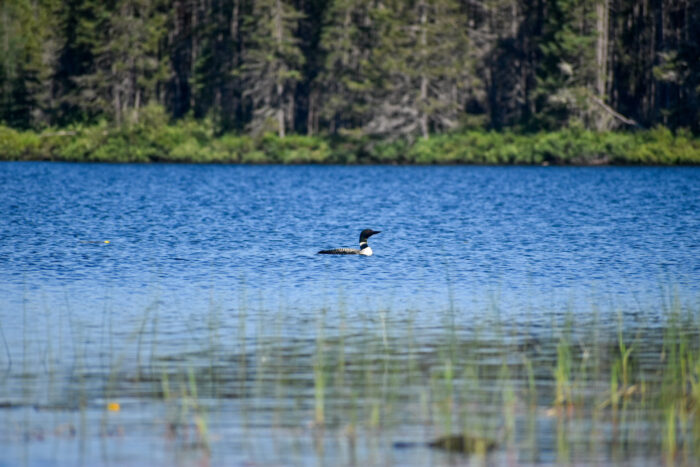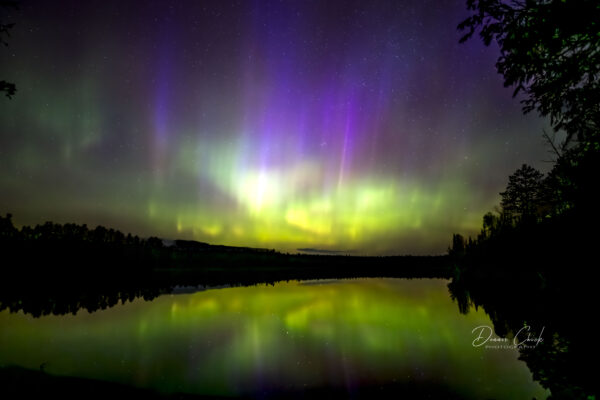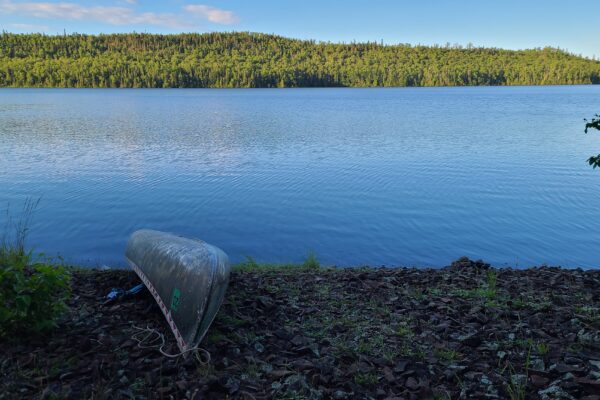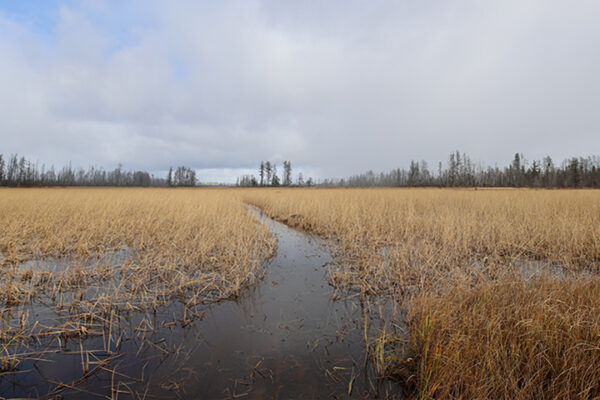Volunteers participate in the annual loon monitoring program with the Minnesota DNR
An unmistakable sound in Minnesota, particularly on remote inland lakes of the northern region, is the sound of a loon call. A sound that so many Minnesotans and visitors yearn to hear each year. And a sound of home for many.
The common loon is an integral part of the ecosystem and culture of Minnesota. Rightfully so, the symbolic species was designated as the state bird in 1961.
There are roughly 12,000 loons in the state of Minnesota. Each year the Minnesota Department of Natural Resources (DNR) conducts surveys to determine loon populations. And they do so with the help of dedicated volunteers.
The DNR established the loon monitoring program in 1994, intending to use volunteers to count and monitor loon populations across the state.
“We set up the program so that there are 600 lakes with the state that are monitored each year using volunteers,” said Gaea Crozier, nongame wildlife specialist with the Minnesota DNR. The 600 lakes are divided into six regions: Cook/Lake, Itasca, Aitkin/Crow Wing, Becker, Otter Tail, and Kandiyohi.
After signing up for a lake, volunteers head into the field either by boat or canoe during an established 10-day period in the summer. Volunteers must count the number of adults and juvenile loons seen on the lake between 5:00 a.m. and noon. Afterward, volunteers submit their completed paperwork to the DNR.
Crozier explains that the loon monitoring program is mainly focused on long-term population trends over the decades. In addition to tracking population trends, Crozier said loons are “A great species to use as an indicator of a healthy lake.”
Loons need clean, clear water to catch food and sustain themselves. Crozier explains that loons are sensitive to contaminants like mercury and lead. “They’re a really great warning sign if there might be a problem with a lake.”
The latest 2020 survey report shows that loon populations in Minnesota are stable. “So for Cook/Lake County, we find that about 60% of the lakes that we’re monitoring are occupied by loons each year,” Crozier said. She adds that typically there is one loon per 100 acres of lakes.
In addition to surveying for loons, volunteers provide valuable information on the locations of eagles’ nests, great blue heron colonies, and other relevant data. Crozier said a handful of dedicated Cook County residents participate in the loon monitoring program each year. Some have been involved for more than a decade and survey not one but up to seven lakes yearly. “It’s fantastic the amount of time that volunteers are willing to contribute,” said Crozier.
To learn more about the program, WTIP’s Kalli Hawkins participated in the loon monitoring program this year. She signed up for a lake on the DNR website and surveyed loons. Audio from her in-field report and interview with Gaea Crozier, nongame wildlife specialist, is below.














